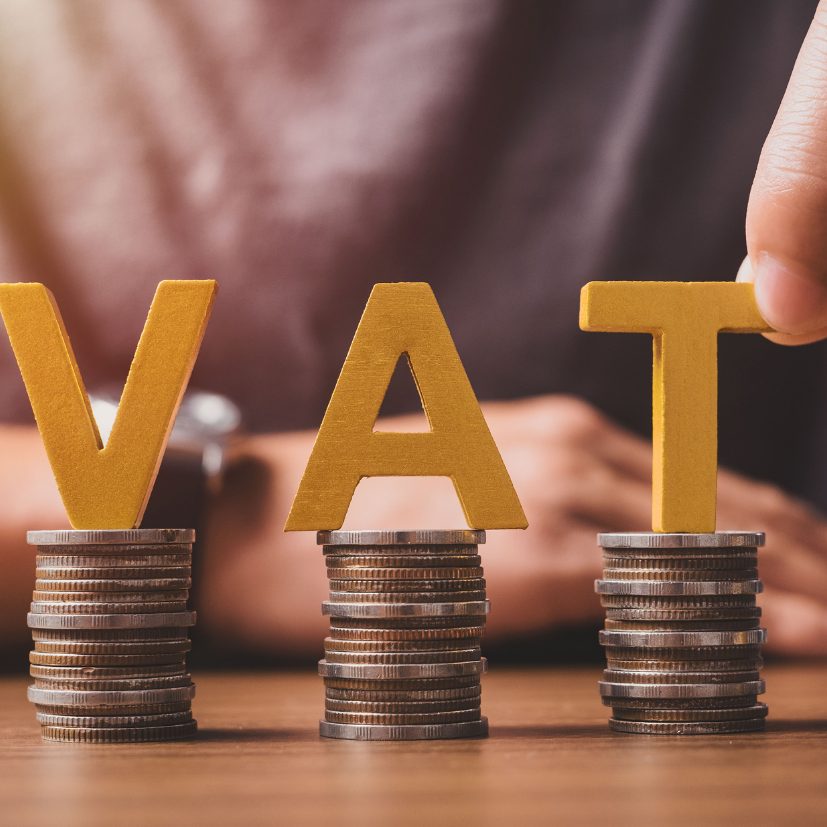A short guide to VAT loans: what you need to know

As businesses navigate the financial demands of running day-to-day operations, managing cash flow can be a challenging task. One of the significant pressures is the need to pay VAT on time, which can create a strain on a company’s finances.
This is where VAT loans come in – providing a practical solution to help businesses meet their VAT obligations without disrupting cash flow. In this guide, we’ll explore what VAT loans are, who can benefit from them, and what to consider before taking one out.
What is a VAT loan, and how does it work?
A VAT loan is a short-term financing option specifically designed to help businesses cover their VAT liabilities to HMRC. Instead of using their working capital to pay the VAT bill, a business can take out a loan to spread the cost over a set period, typically between three and 12 months. The lender pays HMRC directly on behalf of the business, and the business repays the lender in instalments.
This type of loan helps businesses maintain cash flow, ensuring that they have enough capital to cover other essential expenses, such as payroll, supplier payments, and operational costs, while still meeting their tax obligations.
Who can benefit from a VAT loan?
VAT loans are particularly beneficial for businesses that face significant seasonal fluctuations in revenue, or those that have tight cash flow due to delayed payments from clients. Small and medium-sized enterprises, especially those with high VAT bills relative to their turnover, can find VAT loans to be a lifeline in managing their finances.
Additionally, businesses experiencing rapid growth might find themselves with larger-than-expected VAT bills due to increased sales. A VAT loan can help bridge the gap between receiving income from customers and the need to pay VAT, ensuring the business can continue to grow without financial strain.
What are the key advantages of using a VAT loan?
The primary advantage of a VAT loan is the improved cash flow it offers. By spreading the cost of the VAT payment over several months, businesses can avoid a significant outflow of cash at one time. This allows them to maintain sufficient working capital to fund ongoing operations and invest in growth opportunities.
Another benefit is the flexibility it provides. VAT loans are usually quick to arrange, and the repayment terms can be tailored to suit the specific needs of the business. This means that businesses can choose a repayment schedule that aligns with their income cycle, helping them manage their finances more effectively.
How do you apply for a VAT loan, and what are the eligibility criteria?
Applying for a VAT loan is typically a straightforward process. Businesses will need to provide the lender with basic financial information, such as recent bank statements, filed accounts, tax position, VAT returns, and proof of income. The lender will assess the business’s financial health to determine its eligibility for the loan and to set the terms of the agreement.
Most lenders will require the business to have a good credit history and demonstrate that they have sufficient cash flow to meet the repayment schedule. The specific criteria may vary depending on the lender, but in general, businesses that are up-to-date with their VAT returns and have a stable financial track record are more likely to be approved for a VAT loan.
What are the costs and repayment terms associated with VAT loans?
The costs associated with a VAT loan will vary depending on the lender and the terms of the loan. Typically, businesses will be charged interest on the amount borrowed, as well as any applicable fees for arranging the loan. Interest rates can vary, so it’s important for businesses to shop around to find the best deal.
Repayment terms are usually flexible, with options to spread the payments over several months. The exact repayment schedule will depend on the terms agreed upon with the lender. It’s crucial for businesses to ensure that the repayment terms are manageable and that they have accounted for the cost of the loan in their financial planning.
What should businesses consider before taking out a VAT loan?
Before taking out a VAT loan, businesses should carefully assess their financial situation to ensure that the loan is the right solution for them. Key considerations include the total cost of the loan, including interest and fees, and how the repayments will fit into their cash flow projections.
It’s also important to consider alternative financing options, such as negotiating payment terms with HMRC or using other forms of short-term credit. Businesses should weigh the pros and cons of each option to determine which one offers the best balance of cost and convenience.
Finally, businesses should also consider the potential risks of taking on additional debt. While a VAT loan can provide immediate relief, it’s essential to ensure that the business can comfortably meet the repayment terms without compromising other financial obligations.
If you think a VAT loan might be right for your business or you’d like to learn more about how it works, please contact Stef Radymski or Nilima Begum. Our team is ready to help you navigate the process, answer any questions you have, and find the best financing solution to support your business’s financial health.





